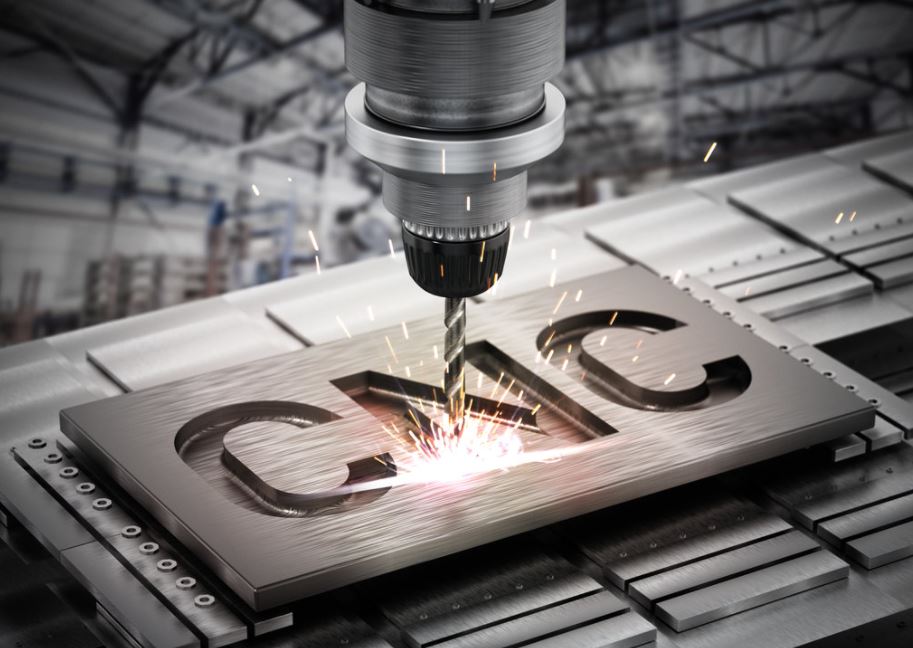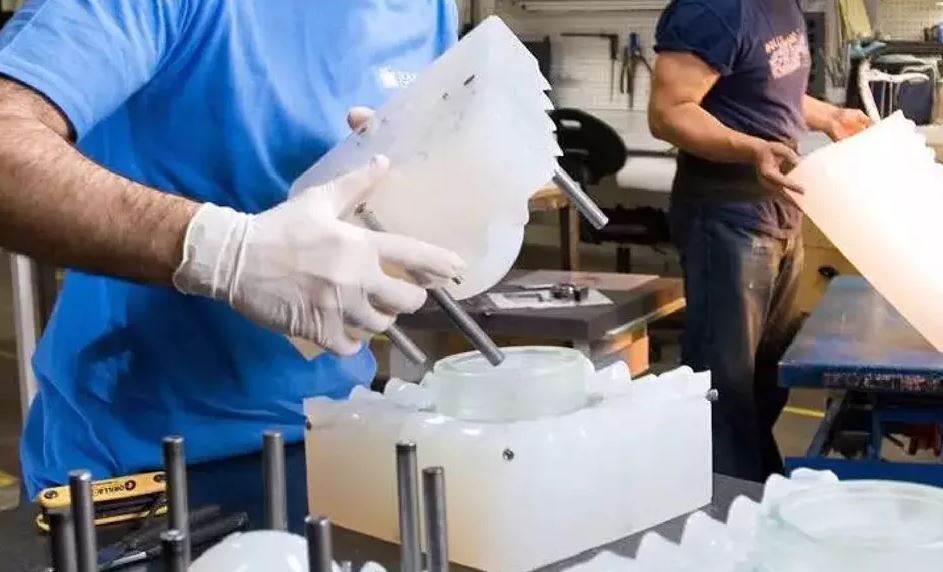
Prototype vacuum casting is a simple mould made of silica gel through CNC prototypes. Generally, each set of silica gel moulds can only produce 10-12 replicas, which is suitable for making new products with less than 100 sets. Compared with CNC prototypes, the prototypes of vacuum casting have their advantages and shortcomings.
- Improve efficiency. The efficiency of vacuum casting is higher than that of CNC machining. Regardless of the shape of the product, a model with a volume of generally within 100mm can be copied within 3 hours, and the workload of post-processing must be greatly reduced;
- Cost-saving, each prototype is more than 10PCS, the overall cost of the prototype can be reduced by about 1/3.
However, it cannot be said that vacuum casting has absolute advantages. Its disadvantages are mainly:
- The composite material is mixed and solidified by 2-3 groups of liquids, and the material performance cannot be compared with CNC, and metal materials cannot be composited;
- The form of the compound mould has a certain degree of similarity with injection moulding, and has a certain shrinkage rate. The thicker the workpiece and the larger the workpiece, the shrinkage will be more obvious. Take the workpiece with a volume of 100mm as an example, the general shrinkage rate is 0.25%;
- Multi-molded products cannot withstand too high a temperature, generally, they are easily deformed after baking above 50 degrees Celsius. Therefore, whether to adopt vacuum casting instead of CNC machining should be determined according to the function of the prototype, and not all products made with multiple sets are suitable for vacuum casting.

A prototype is to flow one or dozens of simple silicone moulds with silica gel through the product prototype. Generally, each set of silicone moulds can only produce 10-12 copies, which is suitable for making new products with less than 100 sets. It is fundamentally different from mass production injection moulding. If you want to mass-produce, you need to open the mould. The prototype is mainly to investigate the appearance and structural performance of the product so that the designer can understand the feasibility of the product in mass production, and avoid the risk of direct mould opening.
